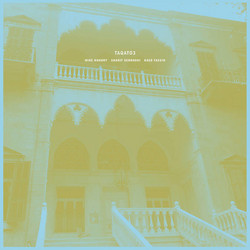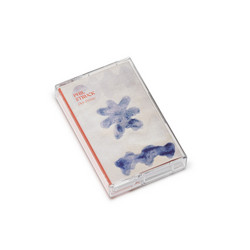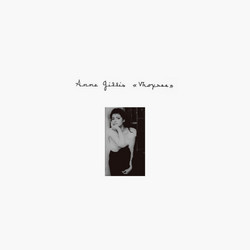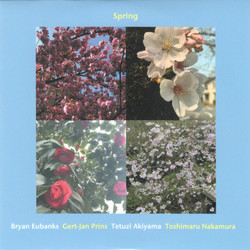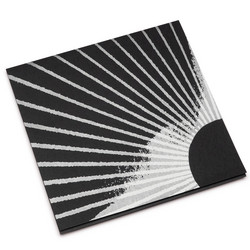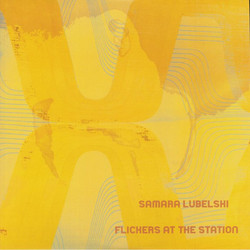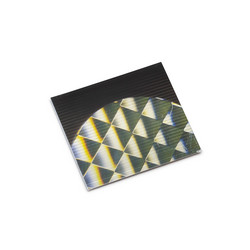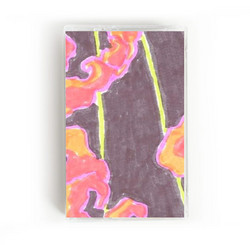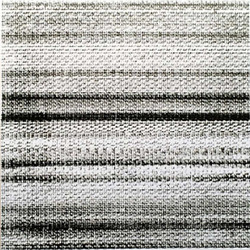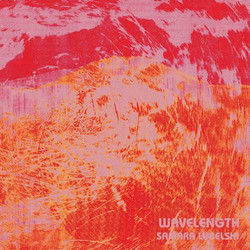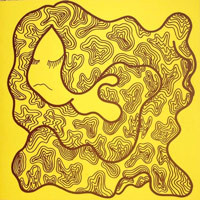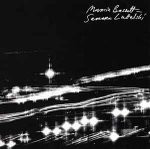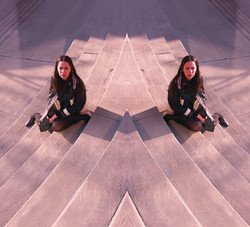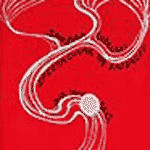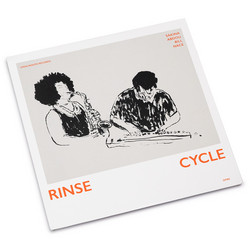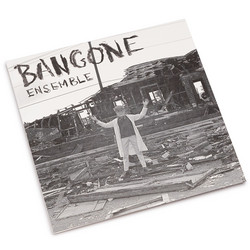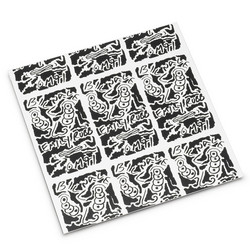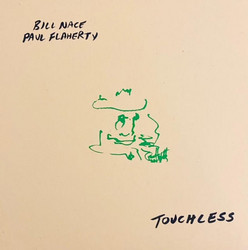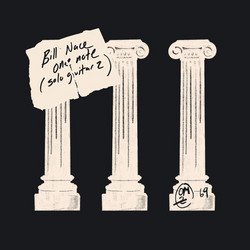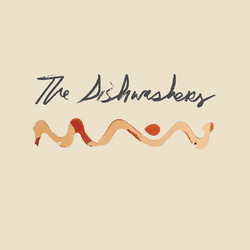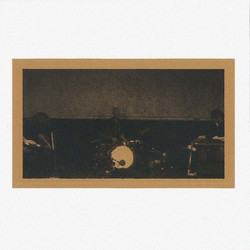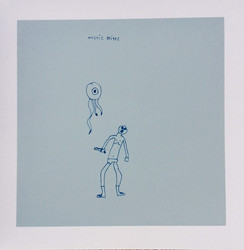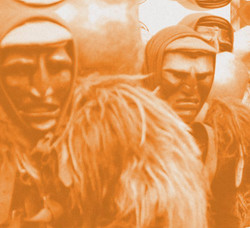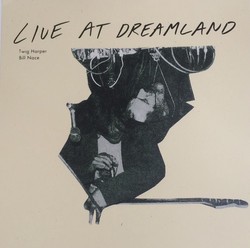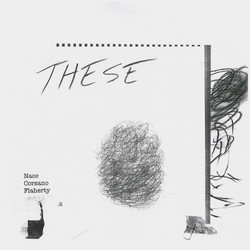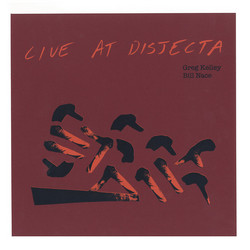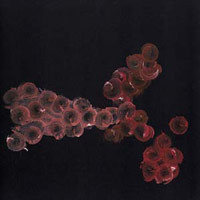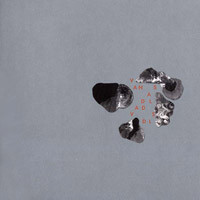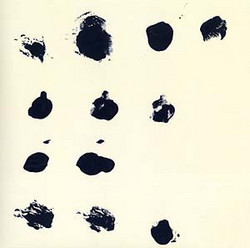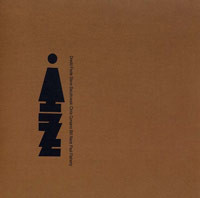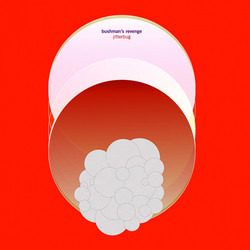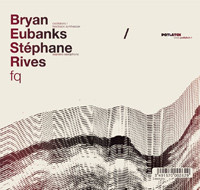**250 copies** The sound of the violin is a product of tension and release; the hair of the bow pulls back the violin’s string over and over again and, when the tension gets too great, it releases. The resulting vibration disturbs the air around it which travels in waves, exciting our ear drums and becoming sound. This confrontation of energy with air—the alternation of potential and kinetic energy—occurs over and over again in microcosm: catching, holding, tensing, and releasing. As listeners, however, we only perceive glorious sound.
If there’s an efficient way of summing up Samara Lubelski, it’s these two words: glorious and sound. But, in a deeper sense, her music also amplifies the micro-process of the sounding process of the violin: the specific joys of tension, release, and every possible gradation between the two. The tension contained in each sound on Partial Infinite Sequence is not disturbing or stressed. That kind of sound is satisfying but too easy. Instead, it feels like that split second after you trip on the sidewalk. Your body could go in any direction, and every outcome is possible. Your pulse quickens. If you were able to freeze that moment in time and live in it the elation of the unknown would be overwhelming. Samara makes that split-second feeling exist for two sides of an LP. And yet, this music also brings comfort. The tense feeling of elation lives distinctly side-by-side with a knowledge that this music is correct and fits that gap in your world that has been carved out exactly for it. It’s satisfying. It’s the feeling after you trip, the moment that you realize you’re safe, and that you found some grace in stumbling.
There are few recordings that have struck me as having this particular quality of having this level of profound tension, stasis, and release mixed, but not diluted by linear cause and effect. Ellen Fullman’s The Long String Instrument is one, as is Charles Curtis playing Naldjorlak I. These are special recordings—examples of a sensitive human being coming to a deep understanding of what they want to say with an instrument while exposing that instrument’s essence in sound. It’s a life event to find a record like that, and I’m happy that I’ve found another. - Nate Wooley
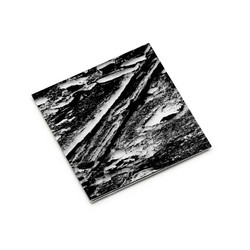
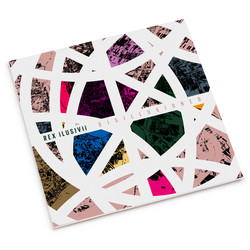
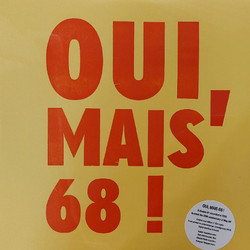
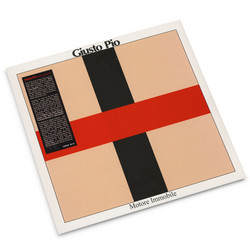
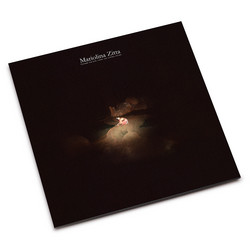
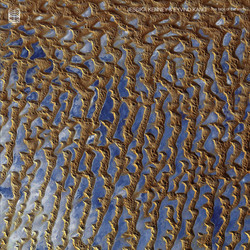

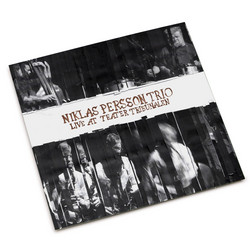


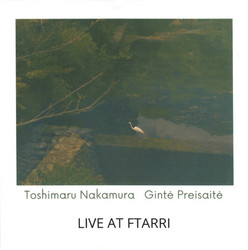
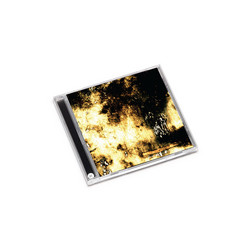
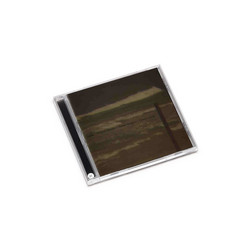
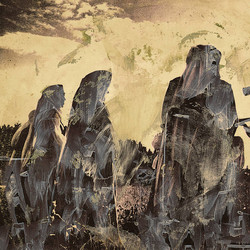


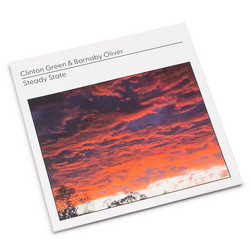
![Eyry]](https://cdn.soundohm.com/data/products/2025-11/anne-gillis-art-into-life-jpg.jpg.250.jpg)
